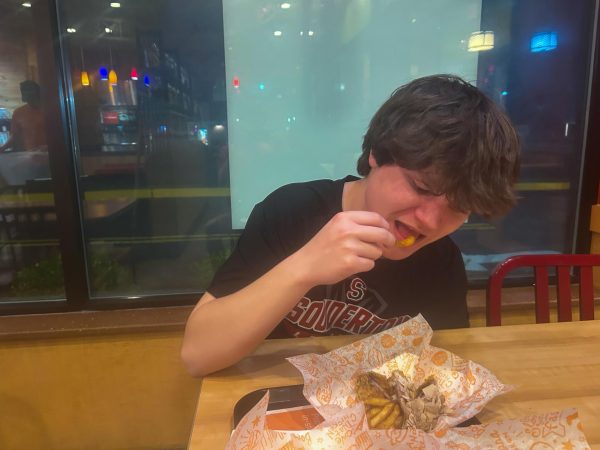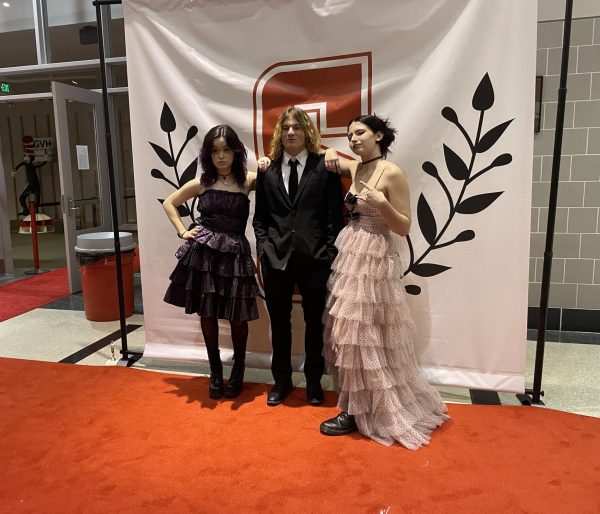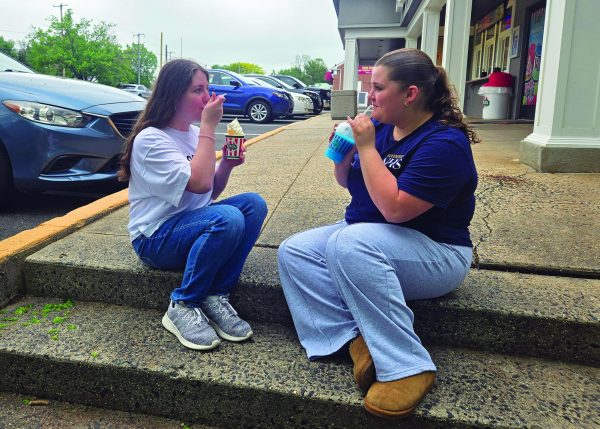Cartoons changes prompt reactions from older audiences
Due to technology advancements and changes in what is socially acceptable cartoons’ messages and plots have altered.
Arrowhead photo by Kayla Barker
Hot dog!… Watching an episode of Mickey Mouse, preschooler Jaxson Rienhartd enjoys the modern plotline of the show. Rienhardt enjoys other kids cartoons in his free time.
As social trends progress over the years, cartoons have developed both technologically and have modified their themes, causing reactions from audiences of all ages.
According to Harleysville resident George Barker, cartoons from the 1960s-1970s were far more violent than what they are today. “Today, they have toned it down to be socially acceptable, [so] there’s more restrictions,” Barker said.
Telford resident Carly Barker said that Tom and Jerry is “too violent” for young kids. “The cat would be hitting the mouse with a bat and practically killing it, and that was acceptable. You wouldn’t see that now,” Barker said.
Another change that has been observed in cartoons is the graphics.
According to Carly, the graphics were not good because they were grainy, especially compared to now.
Before computer-generated imagery (CGI) was developed to create cartoons today, each frame was drawn by hand.
CGI makes the animation process more efficient. When combined with other modern animation technologies, cartoon imagery has advanced.
However, resident John Barker said that he still prefers older cartoons, such as Teenage Mutant Ninja Turtles that aired from 1987-1996. According to Barker, the characters look more mature and intimidating than what he remembers.







